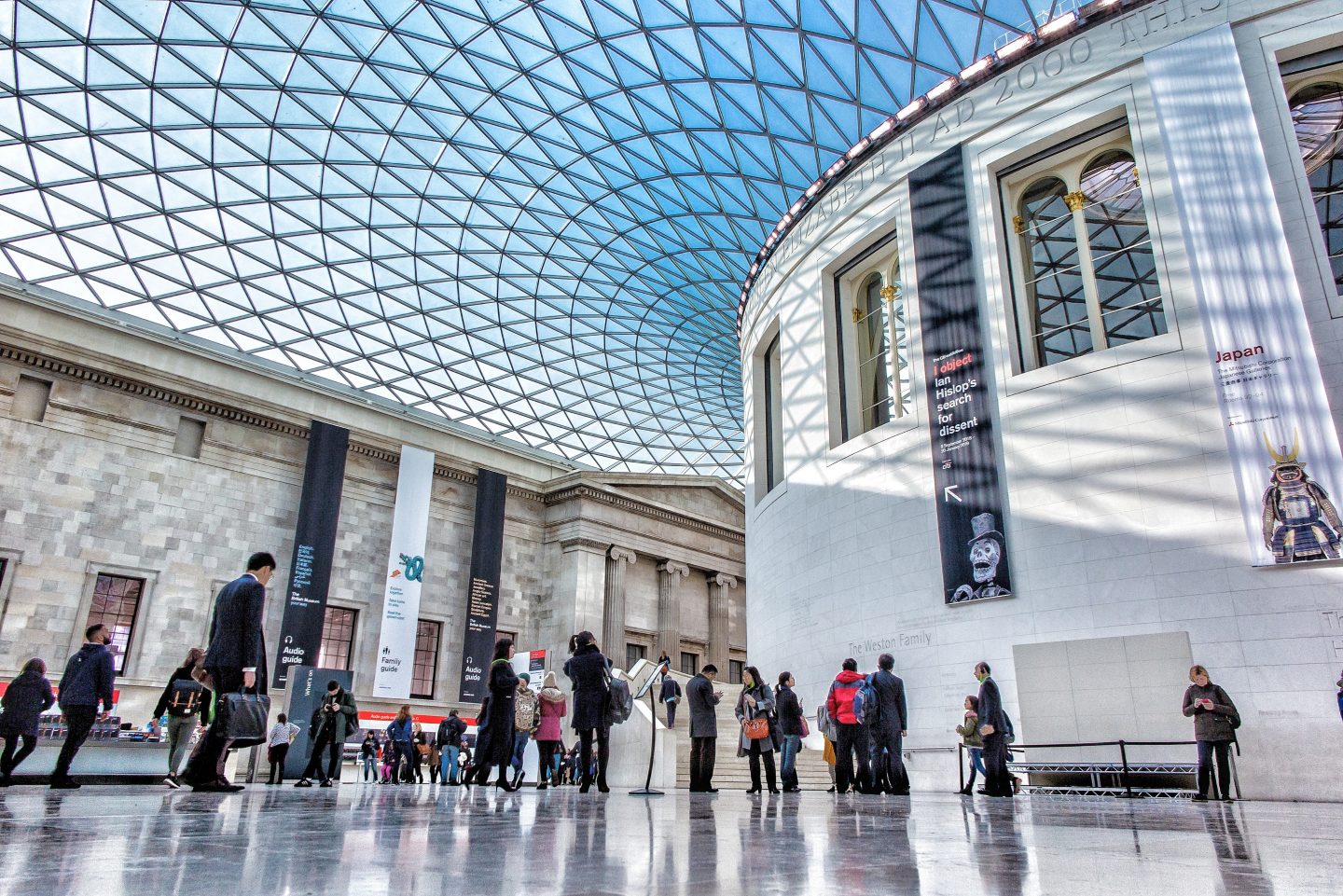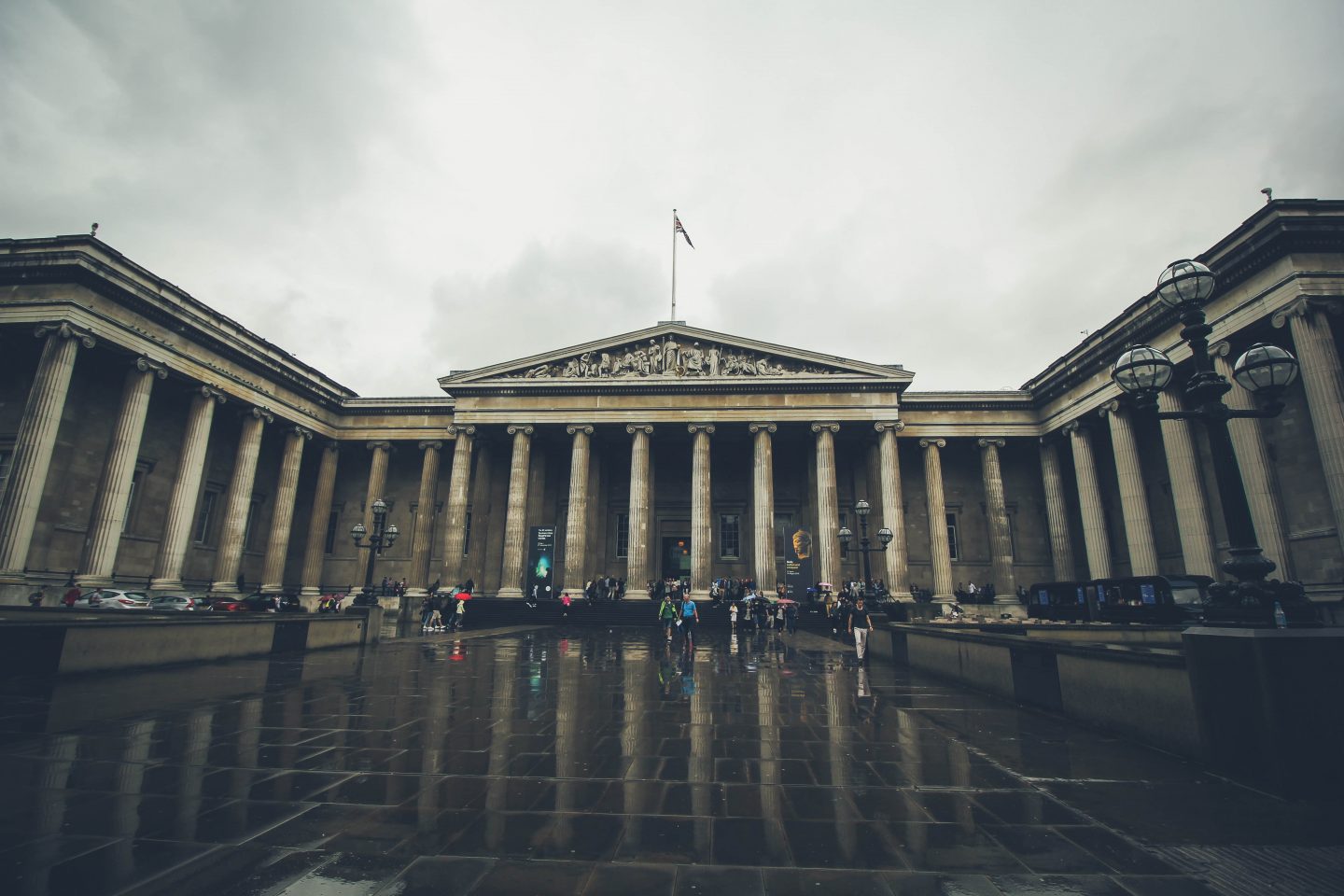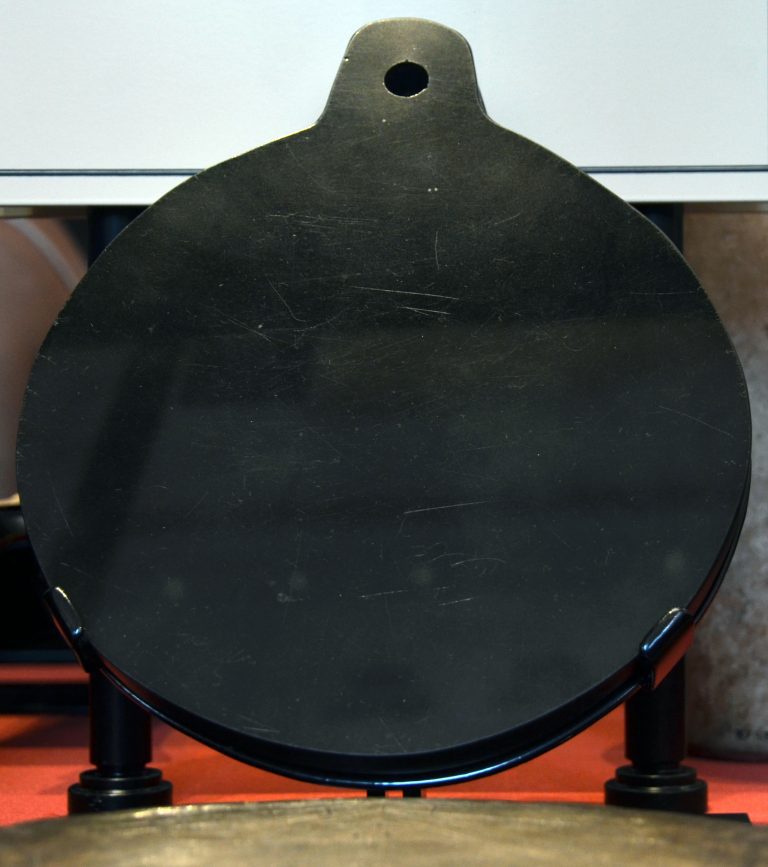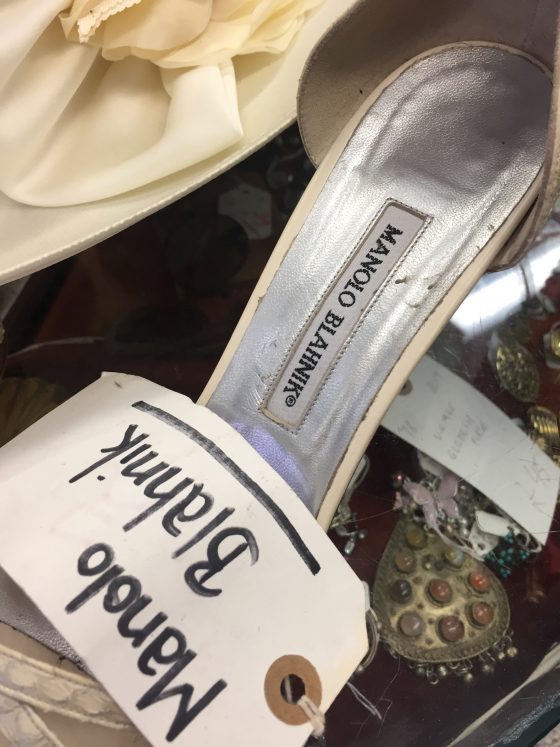To get to the British Museum, take the tube to Russell Square and follow the signs to the British Museum from the station, two things occur: crowds and overwhelm. There is real magic to be found in the museum, and it’s hidden on the ground floor.
Dr. John Dee – Astrologer to Queen Elizabeth and Magician
The black mirror, held in the Enlightenment gallery on the ground floor of the museum, was used by the Elizabethan mathematician, astrologer and magician John Dee (1527-1608/9) as a ‘shew-stone’ in his work. It is at the back of a fascinating glass case devoted to him. It is the most magical display in the British Museum and yet it is often missed, as visitors troop up to see the far more famous Egyptian mummies upstairs.
The black mirror was made of highly-polished obsidian (volcanic glass), brought to Europe after the conquest of Mexico by Cortés between 1527 and 1530. Dee used mirrors for divination and conjuring up visions. Damon Albarn also conjured up an opera about him.
The case, to the left of the black mirror, has a paper label with the handwriting of the English antiquary Sir Horace Walpole, who acquired the mirror in 1771. The text begins ‘The Black Stone into which Dr Dee used to call his spirits …’.
Dr. John Dee and the Dangers of Being an Astrologer
Dee eventually became famous, but in 1555, he was arrested and charged with “calculating” for having cast horoscopes of Queen Mary and Princess Elizabeth; the charges were expanded to treason against Mary. He must have been a good magician, though. When Elizabeth took the throne in 1558, Dee became her trusted advisor, choosing Elizabeth’s coronation date himself.
Dee was also the inspiration for Prospero in The Tempest by Shakespeare. Blur and Gorillaz frontman Damon Albarn wrote and performed Dr Dee: An English Opera and although he noted, ”I’m not walking around in a ruff and tights,” in an interview with Radio 4’s John Wilson, he admitted a profound affinity with the cosmic Elizabethan mastermind whose objects haunt the bottom floor of the British Museum.
“I’ve got a really strange emotional connection – it really gets to me, that haunted, magical England. It’s something that really stirs me in an irrational way.”
Dr. John Dee is Everywhere
In Philippa Gregory’s The Queen’s Fool, Dee helps the heroine see the future with a special mirror. HP Lovecraft’s horror stories credit John Dee with translating the occult book, The Necronomicon into English John Dee searches for King Arthur’s remains in Phil Rickman’s historical mystery, The Bones of Avalon – in short, Dee is everywhere in modern life, even though very little of his world remains (apart from this precious glass case of objects).
“He was one of the last great free thinkers, because science and magic had yet to part company,” says Rufus Norris, the opera’s director, of Dr. John Dee.
The climax in Dr Dee’s life came when he set out across Europe with Edward Kelley, a mystic with a crystal ball. The relationship fell apart when Dr Dee had to contend with Edward Kelley’s announcement that the angels had told the two they must share everything, including their wives. His own wife became pregnant to Kelley. There is a lot of magic at the British Museum, but don’t miss Dr. Dee’s peculiar objects tucked away on the ground floor.






